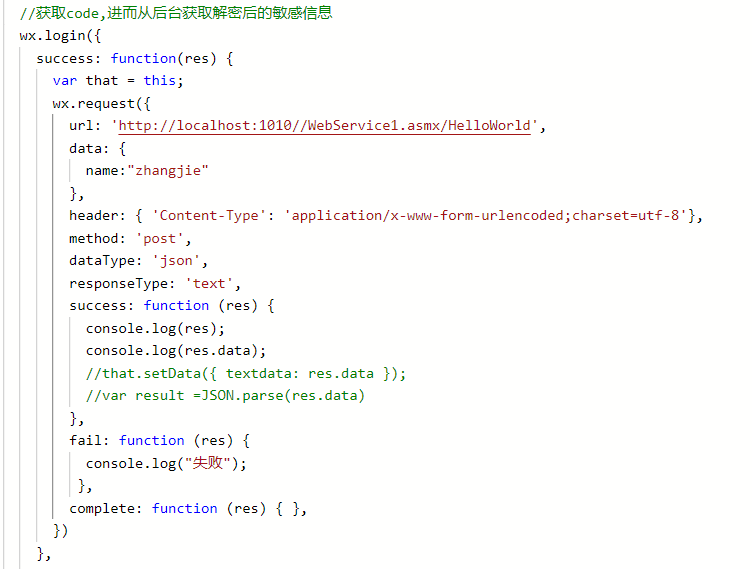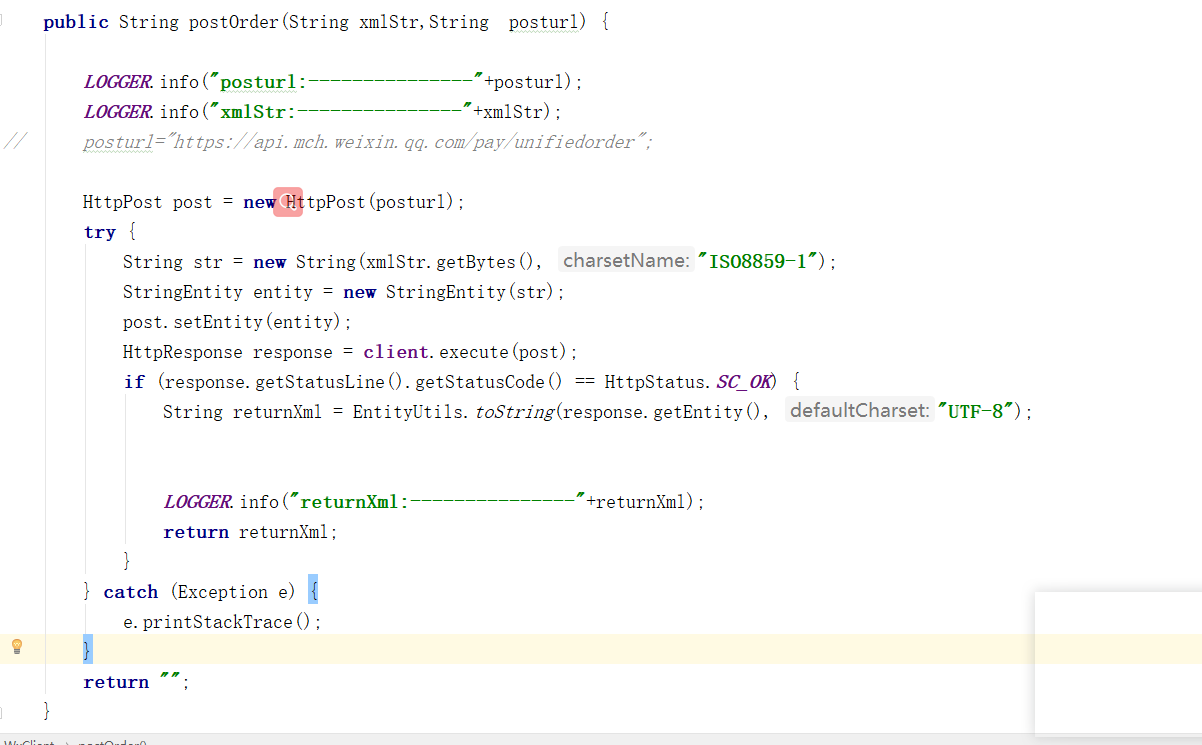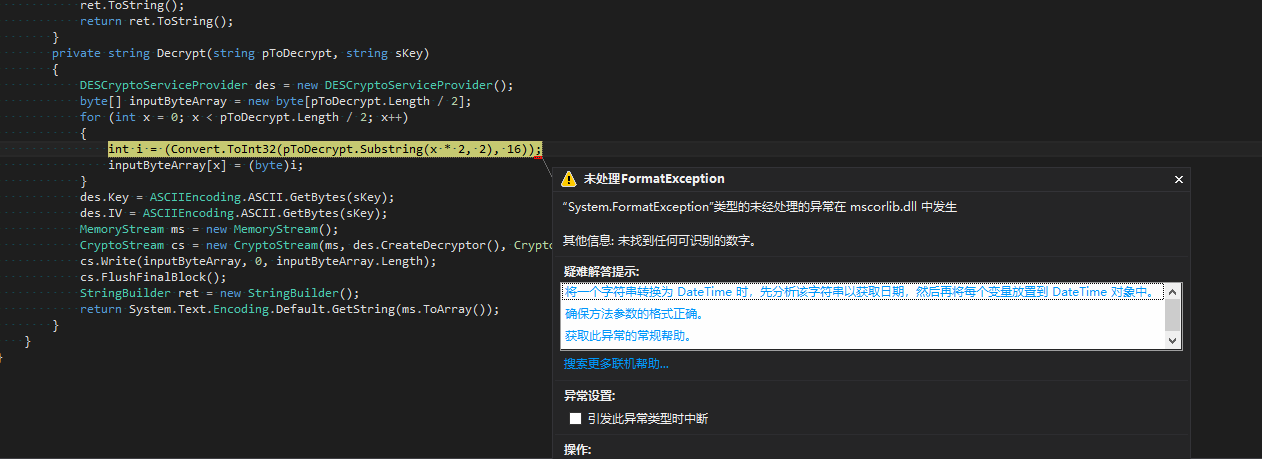可以将文章内容翻译成中文,广告屏蔽插件可能会导致该功能失效(如失效,请关闭广告屏蔽插件后再试):
问题:
Is there a way to compile an Eclipse-based Java project from the command line?
I\'m trying to automate my build (using FinalBuilder not ant), and I\'m neither a Java nor Eclipse expert. I can probably figure out how to do this with straight java command line options, but then the Eclipse project feels like a lot of wasted effort.
In the event that there is no way to compile an Eclipse project via the command line, is there a way to generate the required java command line from within Eclipse? Or are there some files I can poke around to find the compile steps it is doing behind the scenes?
Guys, I\'m looking for an answer that does NOT include ant. Let me re-iterate the original question ....... Is there a way to build an Eclipse project from the command line?
I don\'t think this is an unreasonable question given that I can do something like this for visual studio:
devenv.exe /build \"Debug|Any CPU\" \"C:\\Projects\\MyProject\\source\\MyProject.sln\"
回答1:
You can build an eclipse project via a workspace from the command line:
eclipsec.exe -noSplash -data \"D:\\Source\\MyProject\\workspace\" -application org.eclipse.jdt.apt.core.aptBuild
It uses the jdt apt plugin to build your workspace automatically. This is also known as a \'Headless Build\'. Damn hard to figure out. If you\'re not using a win32 exe, you can try this:
java -cp startup.jar -noSplash -data \"D:\\Source\\MyProject\\workspace\" -application org.eclipse.jdt.apt.core.aptBuild
Update
Several years ago eclipse replaced startup.jar with the \"equinox launcher\"
https://wiki.eclipse.org/Equinox_Launcher
On Eclipse Mars (MacOX):
java -jar /Applications/Eclipse.app/Contents/Eclipse/plugins/org.eclipse.equinox.launcher_1.3.100.v20150511-1540.jar -noSplash -data \"workspace\" -application org.eclipse.jdt.apt.core.aptBuild
The -data parameter specifies the location of your workspace.
The version number for the equinox launcher will depend on what version of eclipse you have.
回答2:
To complete André\'s answer, an ant solution could be like the one described in Emacs, JDEE, Ant, and the Eclipse Java Compiler, as in:
<javac
srcdir=\"${src}\"
destdir=\"${build.dir}/classes\">
<compilerarg
compiler=\"org.eclipse.jdt.core.JDTCompilerAdapter\"
line=\"-warn:+unused -Xemacs\"/>
<classpath refid=\"compile.classpath\" />
</javac>
The compilerarg element also allows you to pass in additional command line args to the eclipse compiler.
You can find a full ant script example here which would be invoked in a command line with:
java -cp C:/eclipse-SDK-3.4-win32/eclipse/plugins/org.eclipse.equinox.launcher_1.0.100.v20080509-1800.jar org.eclipse.core.launcher.Main -data \"C:\\Documents and Settings\\Administrator\\workspace\" -application org.eclipse.ant.core.antRunner -buildfile build.xml -verbose
BUT all that involves ant, which is not what Keith is after.
For a batch compilation, please refer to Compiling Java code, especially the section \"Using the batch compiler\"
The batch compiler class is located in the JDT Core plug-in. The name of the class is org.eclipse.jdt.compiler.batch.BatchCompiler. It is packaged into plugins/org.eclipse.jdt.core_3.4.0..jar. Since 3.2, it is also available as a separate download. The name of the file is ecj.jar.
Since 3.3, this jar also contains the support for jsr199 (Compiler API) and the support for jsr269 (Annotation processing). In order to use the annotations processing support, a 1.6 VM is required.
Running the batch compiler From the command line would give
java -jar org.eclipse.jdt.core_3.4.0<qualifier>.jar -classpath rt.jar A.java
or:
java -jar ecj.jar -classpath rt.jar A.java
All java compilation options are detailed in that section as well.
The difference with the Visual Studio command line compilation feature is that Eclipse does not seem to directly read its .project and .classpath in a command-line argument. You have to report all information contained in the .project and .classpath in various command-line options in order to achieve the very same compilation result.
So, then short answer is: \"yes, Eclipse kind of does.\" ;)
回答3:
After 27 years, I too, am uncomfortable developing in an IDE. I tried these suggestions (above) - and probably just didn\'t follow everything right -- so I did a web-search and found what worked for me at \'http://incise.org/android-development-on-the-command-line.html\'.
The answer seemed to be a combination of all the answers above (please tell me if I\'m wrong and accept my apologies if so).
As mentioned above, eclipse/adt does not create the necessary ant files. In order to compile without eclipse IDE (and without creating ant scripts):
1) Generate build.xml in your top level directory:
android list targets (to get target id used below)
android update project --target target_id --name project_name --path top_level_directory
** my sample project had a target_id of 1 and a project name of \'t1\', and
I am building from the top level directory of project
my command line looks like android update project --target 1 --name t1 --path `pwd`
2) Next I compile the project. I was a little confused by the request to not use \'ant\'.
Hopefully -- requester meant that he didn\'t want to write any ant scripts. I say this
because the next step is to compile the application using ant
ant target
this confused me a little bit, because i thought they were talking about the
android device, but they\'re not. It\'s the mode (debug/release)
my command line looks like ant debug
3) To install the apk onto the device I had to use ant again:
ant target install
** my command line looked like ant debug install
4) To run the project on my android phone I use adb.
adb shell \'am start -n your.project.name/.activity\'
** Again there was some confusion as to what exactly I had to use for project
My command line looked like adb shell \'am start -n com.example.t1/.MainActivity\'
I also found that if you type \'adb shell\' you get put to a cli shell interface
where you can do just about anything from there.
3A) A side note: To view the log from device use:
adb logcat
3B) A second side note: The link mentioned above also includes instructions for building the entire project from the command.
Hopefully, this will help with the question. I know I was really happy to find anything about this topic here.
回答4:
The normal apporoach works the other way around: You create your build based upon maven or ant and then use integrations for your IDE of choice so that you are independent from it, which is esp. important when you try to bring new team members up to speed or use a contious integration server for automated builds. I recommend to use maven and let it do the heavy lifting for you. Create a pom file and generate the eclipse project via mvn eclipse:eclipse. HTH
回答5:
This question contains some useful links on headless builds, but they are mostly geared towards building plugins. I\'m not sure how much of it can be applied to pure Java projects.
回答6:
Just wanted to add my two cents to this. I tried doing as @Kieveli suggested for non win32 (repeated below) but it didn\'t work for me (on CentOS with Eclipse: Luna):
java -cp startup.jar -noSplash -data \"D:\\Source\\MyProject\\workspace\" -application org.eclipse.jdt.apt.core.aptBuild
On my particular setup on CentOS using Eclipse (Luna) this worked:
$ECLIPSE_HOME/eclipse -nosplash -application org.eclipse.jdt.apt.core.aptBuild startup.jar -data ~/workspace
The output should look something like this:
Building workspace
Building \'/RemoteSystemsTempFiles\'
Building \'/test\'
Invoking \'Java Builder\' on \'/test\'.
Cleaning output folder for test
Build done
Building workspace
Building \'/RemoteSystemsTempFiles\'
Building \'/test\'
Invoking \'Java Builder\' on \'/test\'.
Preparing to build test
Cleaning output folder for test
Copying resources to the output folder
Analyzing sources
Compiling test/src/com/company/test/tool
Build done
Not quite sure why it apparently did it twice, but it seems to work.
回答7:
Hi Just addition to VonC comments. I am using ecj compiler to compile my project. it was throwing expcetion that some of the classes are not found. But the project was bulding fine with javac compiler.
So just I added the classes into the classpath(which we have to pass as argument) and now its working fine... :)
Kulbir Singh
回答8:
Short answer. No.
Eclipse does not have a command line switch like Visual Studio to build a project.




